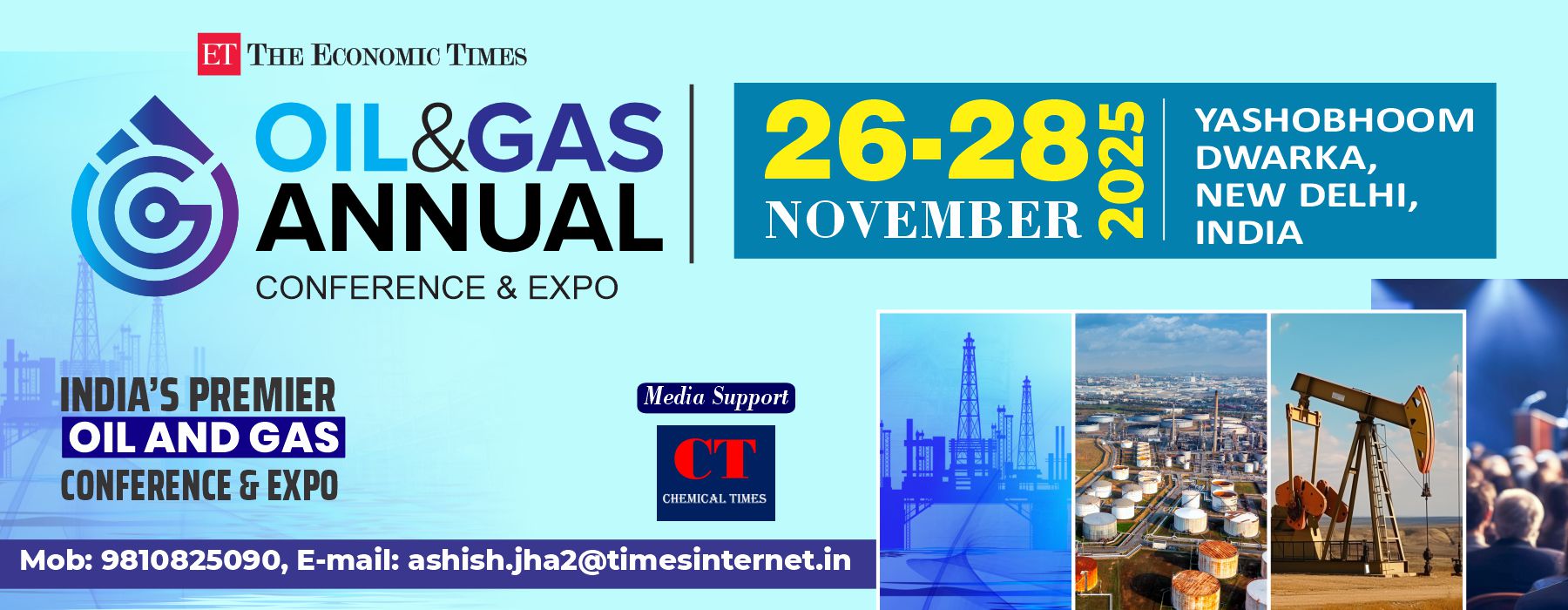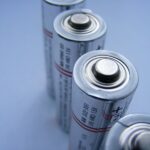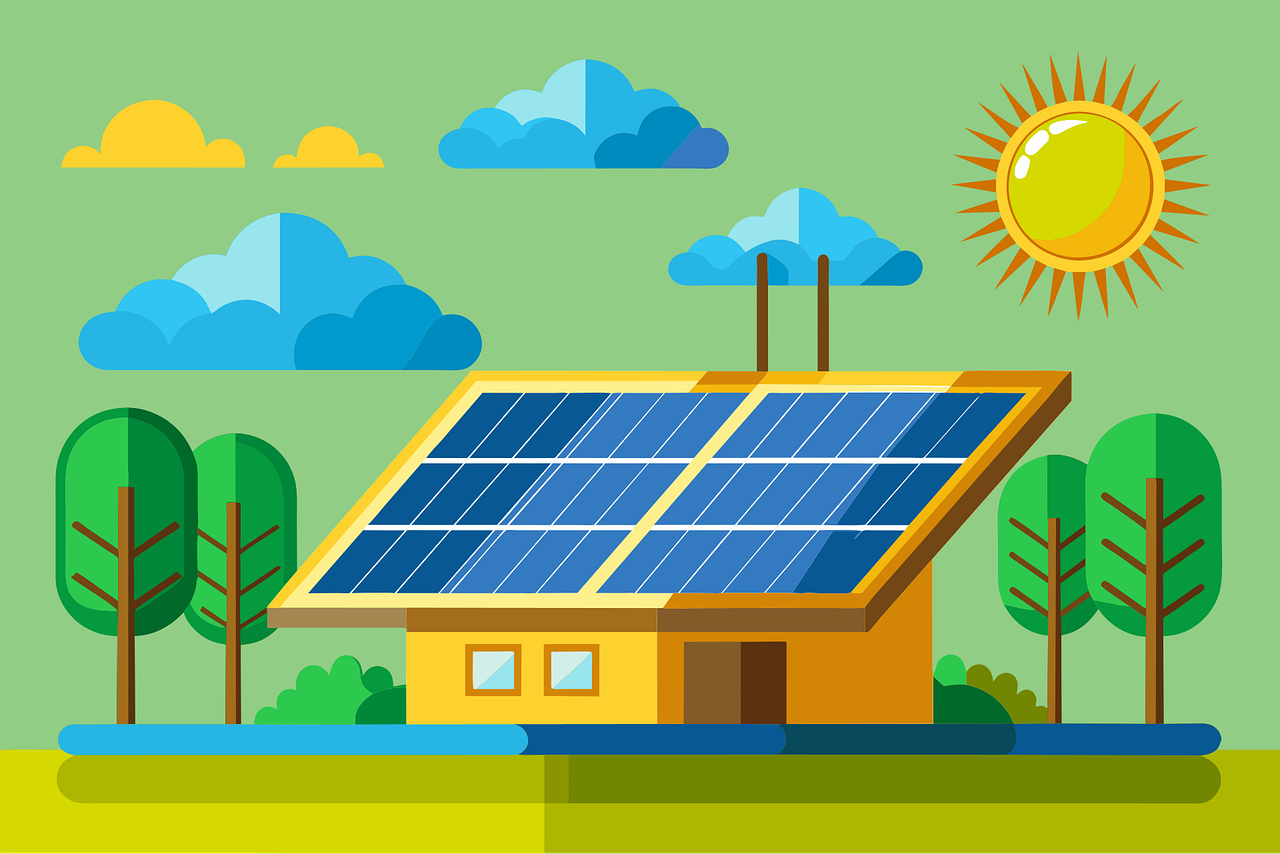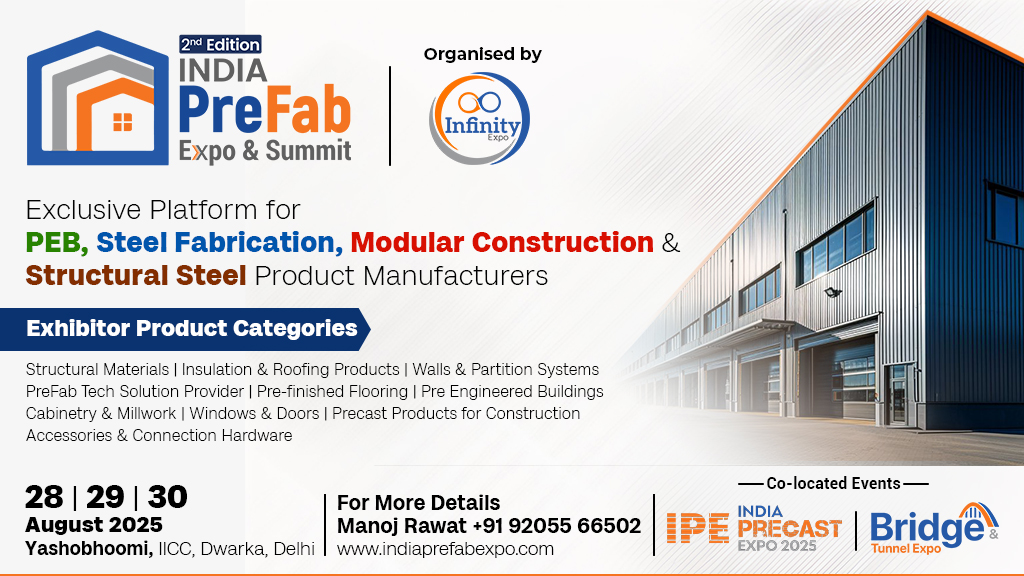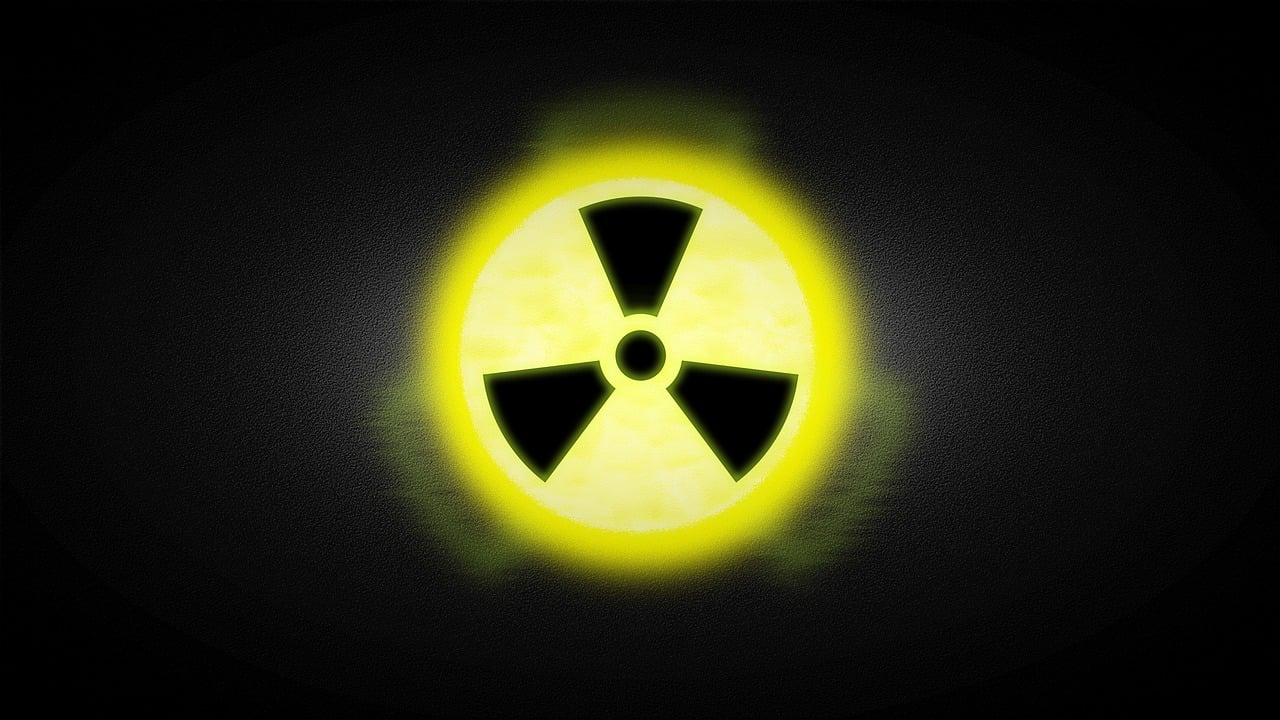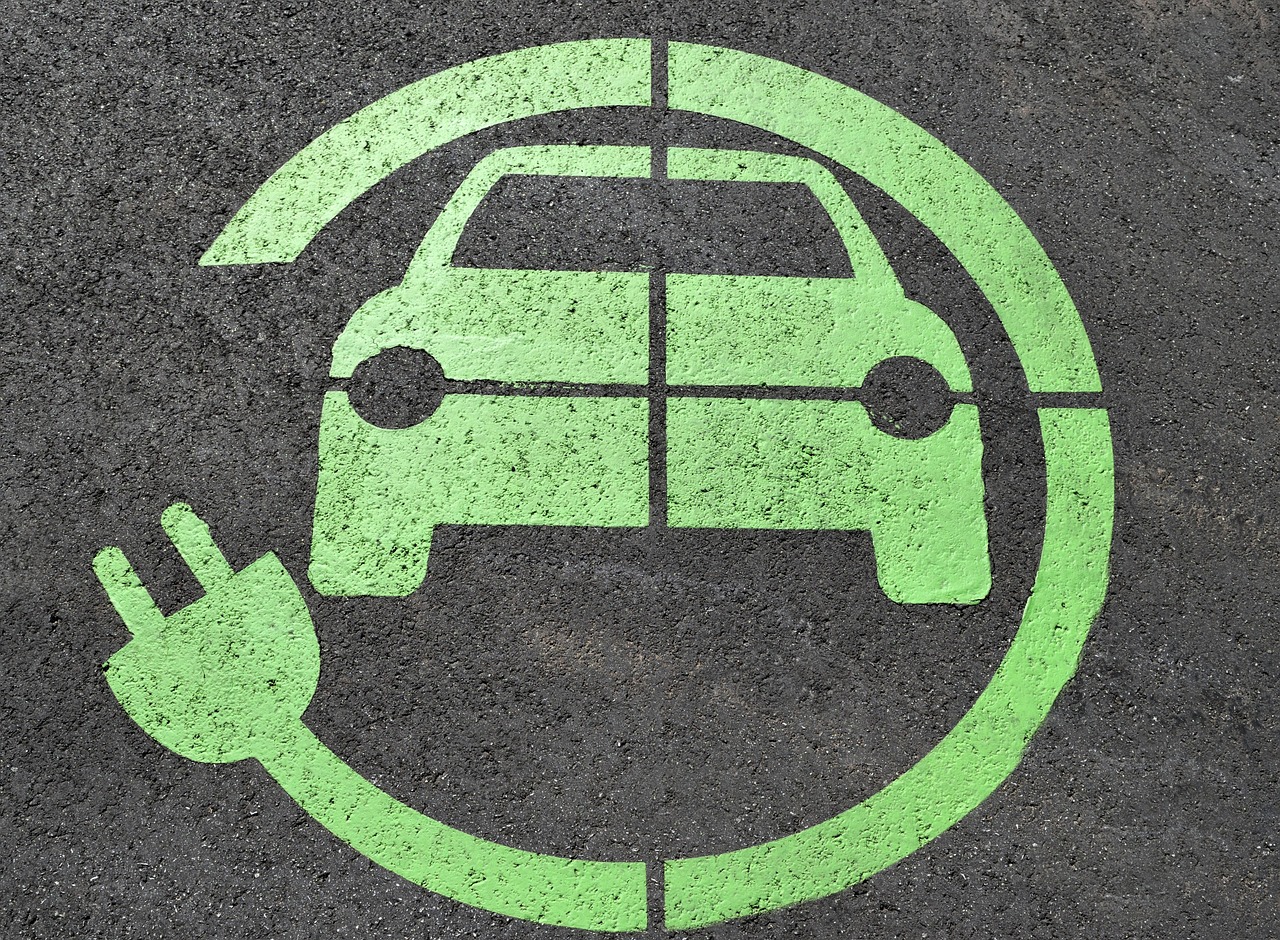The global energy landscape is undergoing a profound transformation, driven by the urgent need to reduce greenhouse gas emissions and transition to renewable sources. Solar, wind, and other forms of clean energy promise a sustainable future but come with a fundamental challenge: their intermittent nature. The sun doesn’t always shine, and the wind doesn’t always blow, leading to fluctuations in energy availability that complicate supply-demand balance.
To address these challenges, technologies that can efficiently capture, store, and release energy are essential. Among these, phase-change materials (PCMs) have emerged as a promising technology that can store thermal energy effectively, enabling direct green energy usage and improving overall energy management.
This article explores the science behind PCMs, their role in green energy systems, practical applications, challenges, and future outlooks, illustrating how they can play a critical part in the clean energy revolution.
Understanding Phase-Change Materials (PCMs)
What Are PCMs?
Phase-change materials are substances that store and release thermal energy during phase transitions—most commonly between solid and liquid states. When a PCM melts, it absorbs a significant amount of heat (latent heat) without a substantial change in temperature. Conversely, when it solidifies, it releases the stored heat at nearly the same temperature.
This ability to absorb and release heat is distinct from sensible heat storage, where energy storage corresponds to temperature changes. By harnessing latent heat during phase changes, PCMs provide highly efficient, compact, and stable thermal energy storage.
How Do PCMs Work?
The operation of PCMs revolves around the concept of latent heat. Consider a PCM incorporated into a solar water heating system:
Charging Phase: During the day, solar energy heats the PCM, causing it to melt. During melting, the PCM absorbs and stores thermal energy without increasing in temperature.
Discharging Phase: When the ambient temperature drops (e.g., at night), the PCM solidifies, releasing the stored latent heat to the surrounding environment.
Because this process occurs at a nearly constant temperature—the melting/freezing point of the PCM—PCMs provide consistent temperature control and energy storage.
Types of Phase-Change Materials
PCMs are broadly classified into three categories based on their chemical nature:
1. Organic PCMs
Organic materials such as paraffins, fatty acids, and their derivatives are common PCMs. They are favored for their chemical stability, non-corrosiveness, and low toxicity. Paraffins, derived from petroleum, are widely used due to their predictable melting points and good latent heat storage capacities. However, organic PCMs generally have low thermal conductivity, which can limit the speed of heat transfer.
2. Inorganic PCMs
Inorganic PCMs primarily include salt hydrates, metals, and alloys. Salt hydrates have higher latent heat capacities and better thermal conductivity than organic PCMs, making them highly efficient at energy storage. However, they often suffer from phase segregation (where components separate during melting) and can be corrosive, which affects material longevity and compatibility with containment vessels.
3. Eutectic PCMs
Eutectic PCMs are mixtures of two or more components—organic and/or inorganic—that melt and solidify at a specific, sharp temperature. These materials are designed to optimize melting points and thermal properties for particular applications, offering a balance between the advantages and limitations of organic and inorganic PCMs.
Integration of PCMs in Green Energy Systems
PCMs play an essential role in the direct utilization of green energy by addressing one of its key challenges: intermittency. They enhance the reliability and efficiency of renewable energy systems by storing excess energy for later use.
1. Solar Thermal Energy Storage
One of the most direct applications of PCMs is in solar thermal energy systems. Solar power is inherently variable, limited to daytime hours and subject to weather conditions. PCMs provide a means to capture excess thermal energy during peak sunlight hours and release it when needed, thus bridging the gap between energy supply and demand.
In solar water heaters, for example, PCMs integrated into storage tanks absorb heat during the day and release it during nighttime or cloudy periods, providing hot water on demand. Similarly, in solar cookers, PCMs enable cooking during non-sunny periods by maintaining heat release over extended durations.
2. Building Energy Efficiency and Thermal Regulation
Buildings account for a significant share of global energy consumption, mainly for heating, ventilation, and air conditioning (HVAC). Incorporating PCMs into building materials is a promising strategy for passive thermal regulation.
When embedded in walls, floors, ceilings, or building facades, PCMs absorb excess heat during the day—thus reducing indoor temperatures and cooling loads—and release this heat during cooler periods, reducing the need for active heating. This dynamic thermal buffering improves occupant comfort and cuts energy consumption, which in turn lowers greenhouse gas emissions.
The integration of PCMs in construction materials offers a low-maintenance, energy-efficient solution that supports green building initiatives and urban sustainability.
3. Thermal Management in Renewable Energy Devices
Beyond thermal storage, PCMs serve critical roles in thermal management of devices like batteries, photovoltaic (PV) panels, and other electronic components that are integral to renewable energy technologies.
Battery Thermal Management: Lithium-ion batteries used in electric vehicles and grid storage systems require precise temperature control for optimal performance and longevity. Overheating can degrade battery life and pose safety risks. PCMs provide passive thermal regulation by absorbing excess heat generated during charging or discharging cycles and releasing it slowly, maintaining temperature within safe limits.
Photovoltaic Panel Efficiency: The efficiency of PV cells decreases as temperature rises. PCMs embedded beneath or behind solar panels absorb solar heat, reducing panel temperature and improving energy conversion rates. This passive cooling technique enhances the overall performance and lifespan of PV installations.
Advantages of Using PCMs in Green Energy Applications
Phase-change materials offer several benefits that make them attractive for direct green energy utilization:
Energy Efficiency and Sustainability
By storing and releasing thermal energy efficiently, PCMs reduce energy waste and enhance the effective use of renewable sources. This leads to less reliance on fossil fuels, lowering the carbon footprint of energy systems.
Load Shifting and Peak Demand Reduction
PCMs enable load shifting—storing energy when demand is low and releasing it during peak periods—thus easing the strain on electrical grids. This reduces the need for fossil-fuel-powered backup plants and contributes to grid stability.
Cost Savings
Improved energy efficiency in buildings and renewable systems translates into lower energy bills and operating costs. The passive nature of PCM-based thermal management also reduces the need for active mechanical systems, cutting maintenance and energy expenses.
Enhanced Comfort and Safety
PCMs provide stable thermal environments in buildings and devices, enhancing occupant comfort and equipment safety by preventing overheating or excessive cooling.
Challenges Facing PCM Technology
Despite the clear advantages, PCM technology is not without limitations:
Low Thermal Conductivity
Most PCMs, especially organic ones, have low thermal conductivity, which slows heat transfer during charging and discharging. This can reduce the responsiveness and effectiveness of thermal storage.
Research is ongoing to improve heat transfer by embedding PCMs with high-conductivity materials such as graphite, metal foams, or carbon nanotubes, or by micro-encapsulation techniques.
Material Stability and Leakage
Repeated phase transitions can cause material degradation, phase separation, or leakage, which reduce performance and durability. Innovative encapsulation methods—such as polymer shells or porous support matrices—are being developed to contain PCMs and enhance longevity.
Cost and Scalability
High-quality PCMs and encapsulation methods can be expensive, and scaling up production to meet industrial demands remains a challenge. Economies of scale, process optimization, and the development of low-cost materials are critical to widespread adoption.
Future Directions and Innovations
The future of PCMs in green energy is bright, with ongoing advancements aimed at overcoming current challenges and unlocking new applications.
Smart and Adaptive PCMs
Researchers are exploring PCMs that respond to external stimuli—such as electric fields, magnetic fields, or light—to control the timing and rate of energy release dynamically. Such “smart” PCMs could optimize energy management in real-time, enhancing system efficiency.
Composite and Hybrid Materials
Combining PCMs with other materials—such as aerogels, polymers, or nanoparticles—can tailor thermal, mechanical, and chemical properties, producing composites that maximize performance and durability.
Integration with Digital Energy Systems
Linking PCM-based thermal storage with sensors, IoT devices, and AI-driven energy management platforms could enable predictive control, optimizing energy use according to weather forecasts, demand patterns, and grid conditions.
Expanded Applications
Beyond buildings and solar energy, PCMs are poised to impact diverse sectors including textiles (temperature-regulating fabrics), electronics cooling, transportation, and waste heat recovery.
Conclusion
Phase-change materials represent a pivotal technology in the pursuit of direct green energy usage. Their unique ability to store and release large amounts of thermal energy at constant temperatures provides an elegant solution to many of the challenges faced by renewable energy systems.
By enabling efficient thermal energy storage, enhancing device thermal management, and improving building energy efficiency, PCMs contribute significantly to reducing carbon emissions and improving sustainability.
While challenges remain—particularly around thermal conductivity, material stability, and cost—the ongoing research and technological advances signal a promising future. As PCM technology matures and integrates with smart energy systems, it will play an indispensable role in realizing a cleaner, greener, and more resilient energy future.
